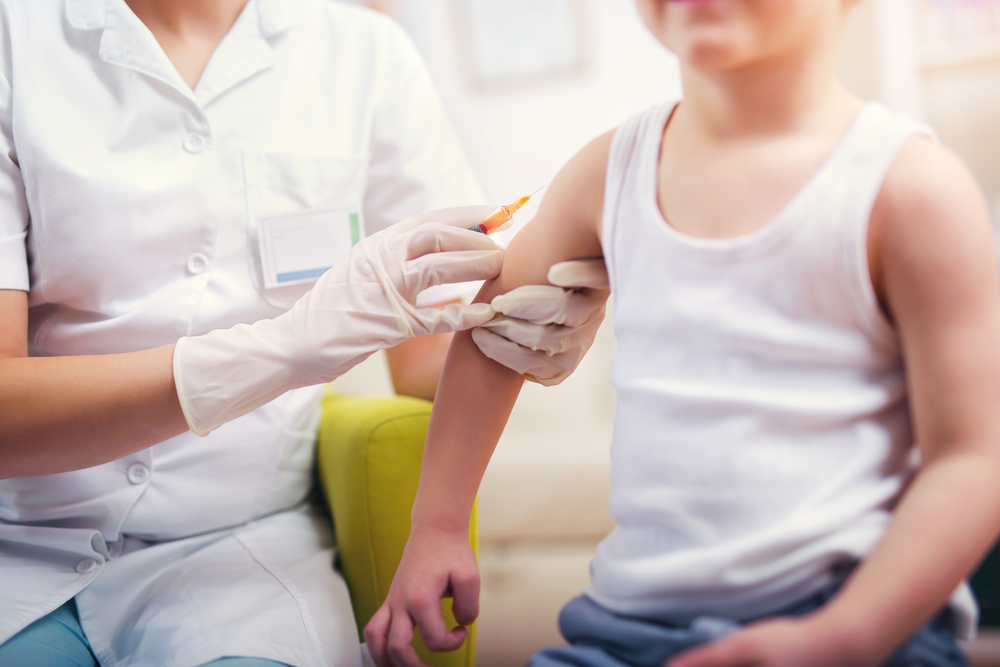
Future measles vaccination strategies in high-fertility countries should focus on increasing childhood immunization rates, while immunization campaigns targeting adolescents and young adults should be required in low-fertility countries, according to a recent study conducted by researchers at Bocconi University and the Bruno Kessler Foundation.
“Every effort to increase the vaccination coverage rate among children is praiseworthy,” Alessia Melegaro, a professor at Bocconi University, said. “But in some developed countries, it’s the lack of coverage among adolescents and adults that poses a serious threat to the goal of eliminating measles.”
The researchers utilized a transmission model that was calibrated according to historical serological data, which varied amongst the virus-susceptible portion of a country’s population, ranging from three percent in the United Kingdom to more than 12.5 percent in Ethiopia.
A wide age range was also observed from the transmission model. According to the researchers, the percentage of susceptible individuals over the age of 15 ranged from 28 percent in Ethiopia to 43 percent in Kenya. Further, adolescents and young adults represent approximately 74 percent of unprotected people in South Korea, 66 percent in Italy, and 53 percent in the United States.
The study’s proposed model noted that the introduction of a measles vaccine has considerably reduced the diseases’ disability-adjusted life-years (DALYs), disability, and early death. Additionally, each vaccine dose prevented a loss of approximately two to three weeks of DALYs per individual in the developed world and approximately 20 weeks in Kenya and Ethiopia.
“In particular our analysis showed that routine first dose vaccine administration has been responsible for more than 90 percent of the overall number of vaccine-immunized individuals in most countries,” Melegaro said. “In Ethiopia and Kenya, catch-up and follow-up campaigns substantially mitigated the effect of sub-optimum routine vaccine coverage, generating 25 to 45 percent of the immunized fraction of the population.”




